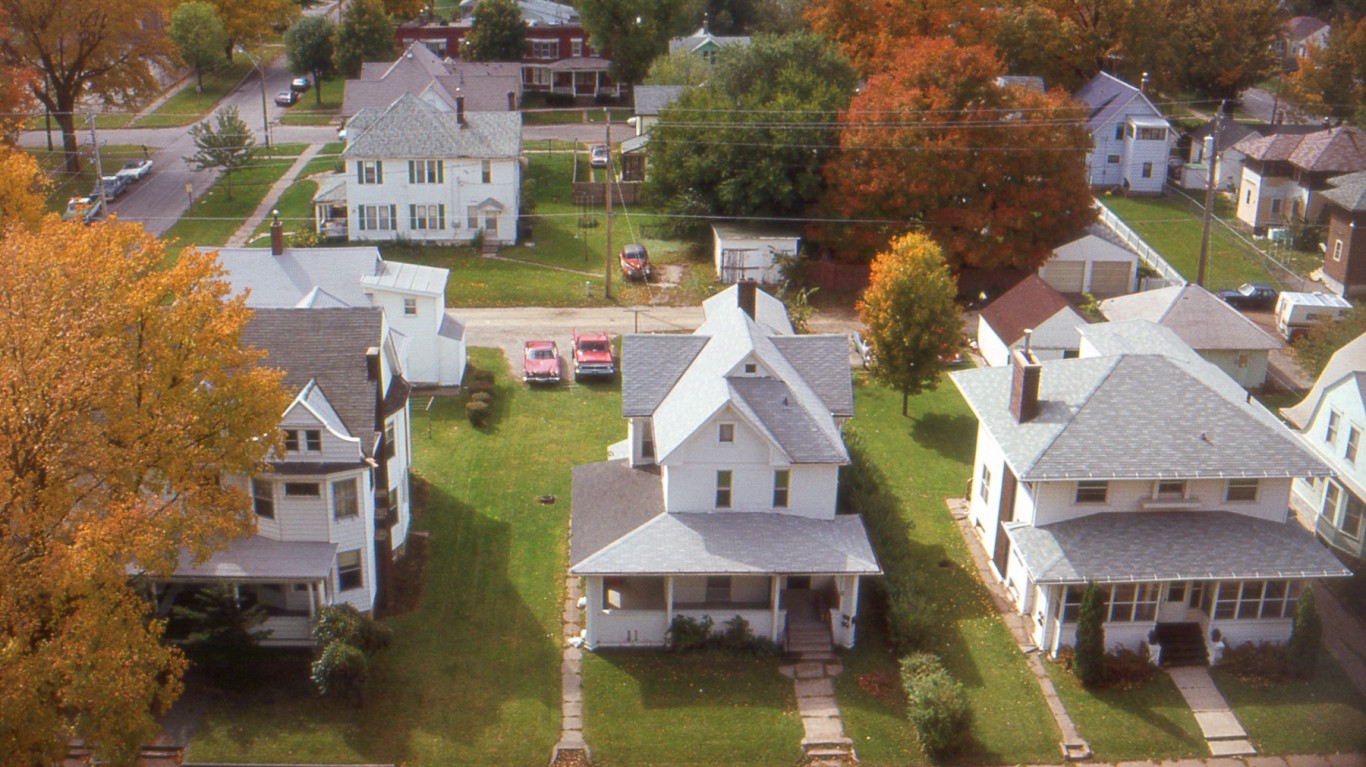Economy
US 30-Year Mortgage Rate Climbs to Highest Level Since 2000 at 7.48%

Published:
Last Updated:

The US 30-year mortgage rate soared to 7.48% on Monday, resulting in the least affordable homebuying market in the US in four decades. The Federal Reserve officials are set to meet at the annual symposium in Jackson Hole, Wyoming, this week, with many expecting the US policymakers to remain hawkish in their campaign against inflation.
Mortgage interest rates in the US continue their rapid ascend, hitting the highest level in more than 2 decades this week. Notably, the average interest rate on 30-year mortgages surged to 7.48% – the highest since November 2000.
With the latest increase, the 30-year mortgage rate nearly tripled in just a few years from the lows recorded during the coronavirus pandemic. In January 2021, the average 30-year rate was as low as 2.65%.
Mortgage rates are heavily impacted by changes in bond yields, which have been rising rapidly due to a combination of factors, one of them being the reduced demand for T-bonds due to the resilient US economy. In addition, the US government’s unceasing borrowing, which boosts the supply of Treasury bonds, also contributed to declining T-bonds prices.
Following a continual increase for 10 straight quarters beginning in the fall of 2020, the median US home sale price has decreased for two consecutive quarters to $416,100. This level is still $87,100 higher than the quarter just before the pandemic, representing an increase of 26.4%.
US residents who purchase the median-priced home with a 20% down payment and an average interest would have to pay an estimated monthly mortgage fee of roughly $2,300. According to the mortgage services firm Black Knight, this is the costliest homebuying market in the US in almost 40 years.
Another factor that added to rising yields is tied to persisting inflation fears. As a result, the Fed recently signaled it plans to keep raising interest rates to bring down prices, diminishing the likelihood of imminent rate cuts.
The Fed’s decisiveness to continue hiking rates comes despite a noteworthy drop over the past year. The latest consumer price index (CPI) report showed that annual inflation fell to 3.2% in July 2023, down from its 9.1% peak last year.
Policymakers on the Federal Open Market Committee (FOMC) lifted interest rates by another quarter point last month to a new target range of 5.25% – 5.5% – the highest since January 2001. However, the CPI decline was not enough for the Fed to slam on the brakes, with other inflation drivers such as car repair services, bread and pet food, and rent prices still climbing at a record pace.
This article originally appeared on The Tokenist
If you’re one of the over 4 Million Americans set to retire this year, you may want to pay attention.
Finding a financial advisor who puts your interest first can be the difference between a rich retirement and barely getting by, and today it’s easier than ever. SmartAsset’s free tool matches you with up to three fiduciary financial advisors that serve your area in minutes. Each advisor has been carefully vetted, and must act in your best interests. Start your search now.
Don’t waste another minute; get started right here and help your retirement dreams become a retirement reality.
Thank you for reading! Have some feedback for us?
Contact the 24/7 Wall St. editorial team.